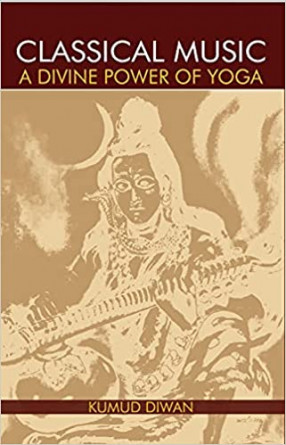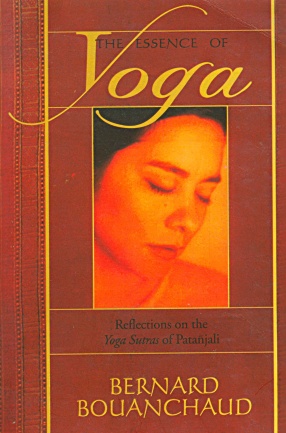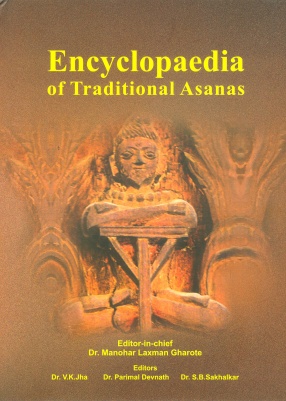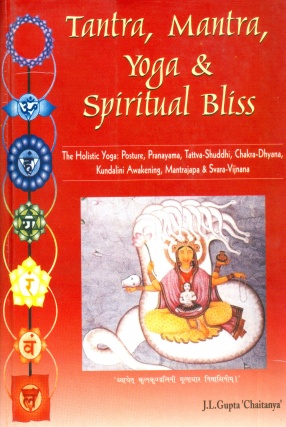Classical Music: A Divine Power of Yoga
The Indic philosophy celebrates Naad Brahm and Yoga. Both are seen as the highest level of human consciousness aimed at being oneness with the Supreme being and harmony with the natural elements. Naad Yoga also called laya yoga was one of the ancient methods and ancient texts of yoga with several references to both. The anhatnaad and ahat naad when practiced did have the yogic benefits of experiencing a sense of wellness of mind, body and soul. Both yoga and naad are deep rooted in the ancient knowledge traditions of India and the sadhaka’s of both streams experience divine bliss. Adi naad is symbolized by Om. Both Ved Vyas and Patanjali stress on the physical exercises of yoga and the spiritual attainment of Samadhi state or the ultimate union with the Supreme. Naad too, like yoga aims to invoke the Supreme deity by offerings of sound that becomes sacred sounds. Emanating from the Vedic chants and mantras the genesis of Indian classical music is in Sam Veda and yagna performed by ancient sages and Rishis. From Matangís Brahaddesi to Sarangadevaís Sangeet Ratnakar the evolution of Indian Classical Music can be traced to the Vedic traditions. Much as the ancient warriors like Arjuna are recipients of teachings of Yoga and detachment of a yogi, the Shiv Samhita is replete with references of lord Shiva and his yogic prowess. Both Lord Krishna and Lord Shiva are also musically endowed, gifted and the flute of Krishna and the Damroo of the dancing Nataraj Lord Shiva have been divine inspiration for the compositions of Indian Classical Music. Shiva is an ascetic and a yogi and Krishna unravels life mysteries to Arjuna in Bhagwat Gita. Both these divine deities symbolize life in its manifold hues and the way to live a perfect human life in the pursuit of oneness with the Supreme being. Yoga and Naad are both powerful vehicles to attain that ultimate goal.
Get it now and save 10%
BECOME A MEMBER







Bibliographic information